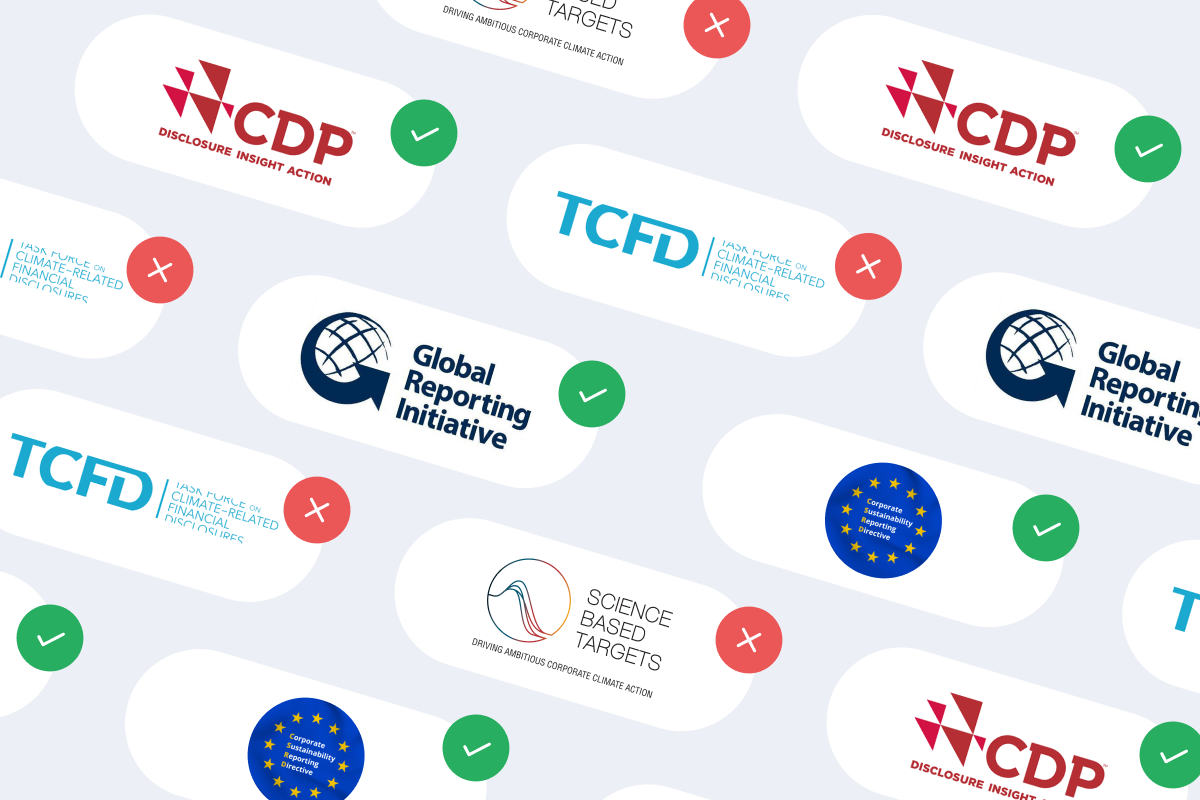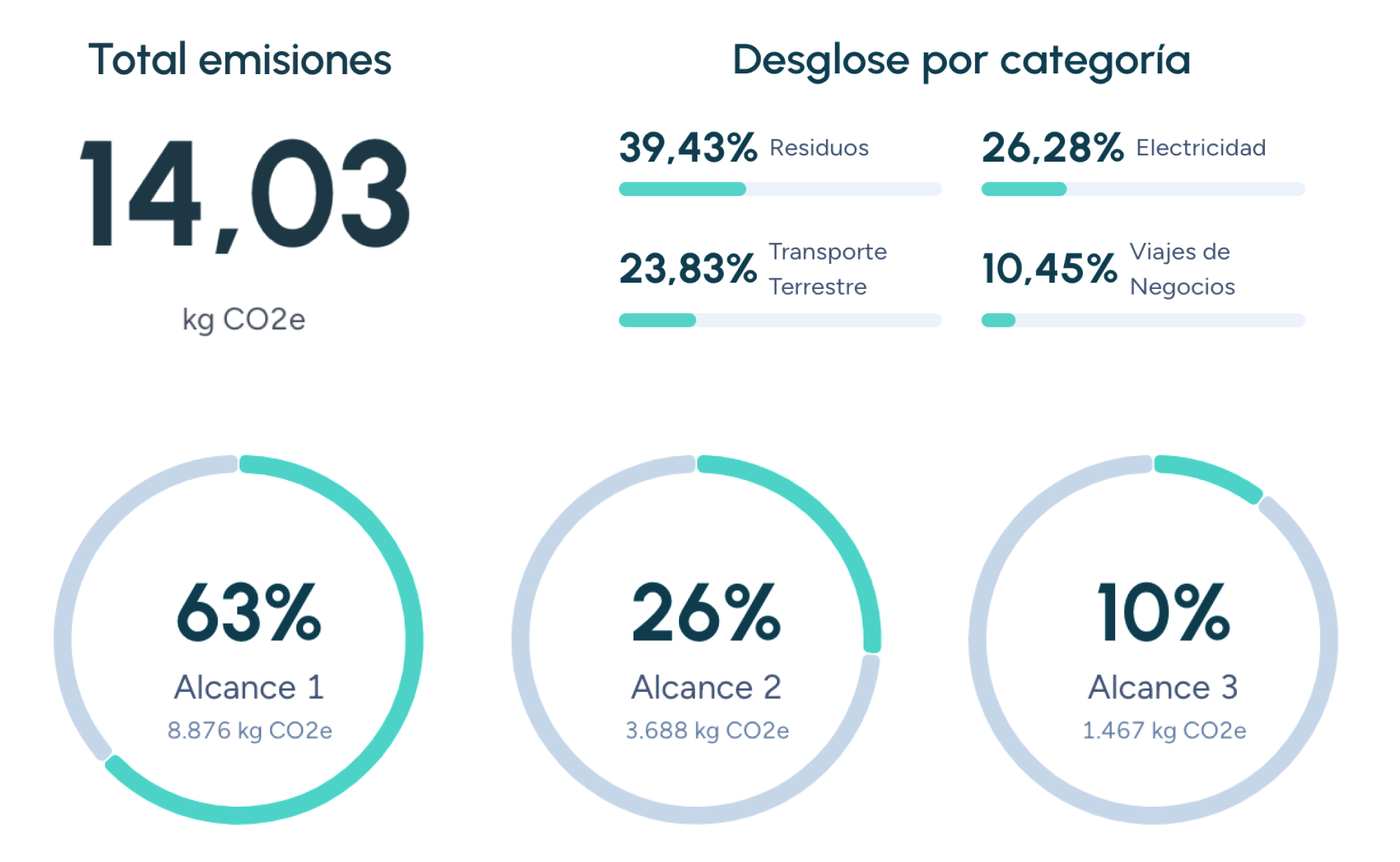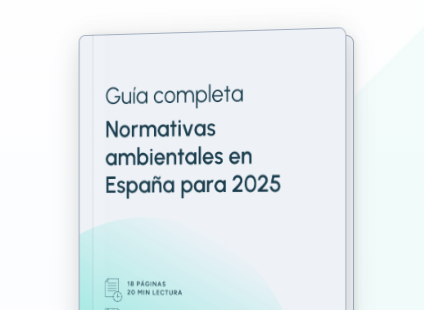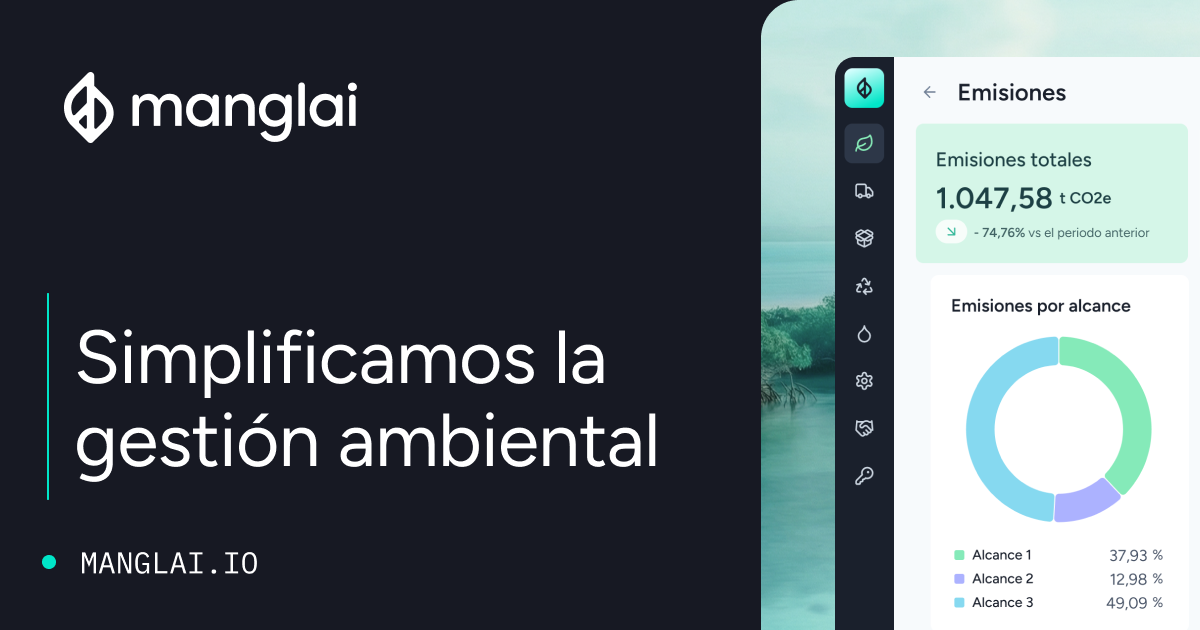W
Water Footprint Assessment
Water Footprint Assessment (WFA) is a systematic methodology for quantifying and analyzing water use and pollution associated with products, processes, companies, or territories.
Developed by the Water Footprint Network (WFN) and aligned with ISO 14046, it integrates the blue, green, and grey components of water use to provide a comprehensive understanding of how human activities interact with water resources.
Steps of the Water Footprint Assessment
- Goal and scope definition: establish functional units, geographic boundaries, and the study period.
- Water footprint accounting: calculate blue, green, and grey water volumes using primary and secondary data sources.
- Sustainability assessment: compare results with local basin availability (water stress), ecological limits, and quality standards.
- Response formulation: design strategies for reduction, efficiency improvement, material substitution, and ecosystem restoration.
Tools and Data Sources
- WaterStat: global database of product-level water footprints.
- AquaCrop (FAO): crop water balance and yield simulation model.
- Remote sensing: satellite data on soil moisture and evapotranspiration.
Complementary Indicators
- Water stress and blue water scarcity: help prioritize high-risk basins.
- Green-to-Blue Ratio: optimizes the use of rainwater versus irrigation.
- Grey water footprint: quantifies pollutant loads relative to water quality standards.
Benefits of Water Footprint Assessment
- Risk management: identifies critical basins and operational water dependencies.
- Decision support: informs investment in water-saving and treatment technologies.
- Transparency: supports CDP Water reporting and ESG disclosure frameworks.
Challenges
- Data availability: high-quality, location-specific data are essential but often limited.
- Methodological consistency: alignment needed between ISO 14046 and WFN approaches.
The Water Footprint Assessment is an essential tool for sustainable water management, enabling companies and policymakers to minimize impacts, enhance resource efficiency, and strengthen the resilience of ecosystems and communities facing growing water stress.
Companies that trust us

AWARE (Available Water Remaining)
AWARE is a Life Cycle Assessment (LCA) characterisation method that weights the impact of water consumption according to the residual water availability in the local basin.
B Corp Certification
B Corp Certification is a global standard that validates companies for their commitment to sustainability and social responsibility, promoting practices that reduce carbon footprints and create a positive impact on society and the environment.
CBAM: EU Carbon Border Adjustment Mechanism
Analyse how the EU taxes imports according to their carbon footprint, the sectors affected, and the steps companies must take to prepare for 2026.
Guiding businesses towards net-zero emissions through AI-driven solutions.
© 2025 Manglai. All rights reserved
Política de Privacidad


